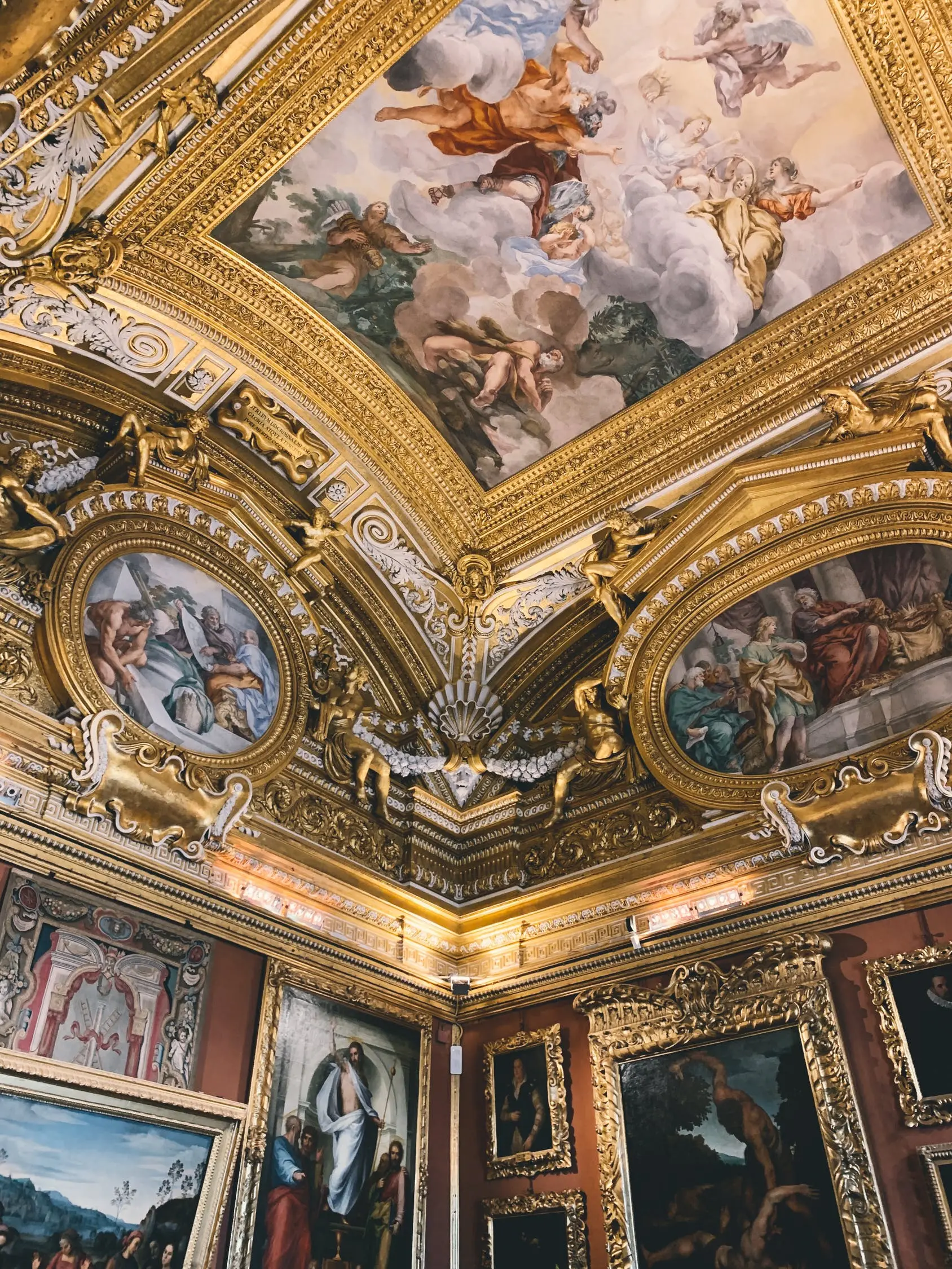Sandro Botticelli, (1445-150) is the author of the iconic painting, ‘Birth of Venus’, which in my perspective, remains a notable portrayal of direct grace of the initial phases of Renaissance period’s paintings. Sandro might have completed the painting in 1485 ca., which today is found at the museum of The Uffizi, and is a representation of the Tempera on canvass technique. The composition of the painting displays a goddess, whom the society perceived to be of love and beauty, upon coming up on the land.
The Goddess’s Arrival on Cyprus Island
It is the goddess’s arrival on Cyprus Island, and she is born from the spray of the sea. Venus is a true representation of the woman in the Renaissance period. During the era, there was a popular belief that woman appeared more attractive in case they had some weight on them. After the birth, the sea winds blow her to the sea, and similar to historical studies, I believe it is that Aura and Zephyr would have been the involved winds, while the gods are from the classical mythology.
As from the painting, the wind seems to be unalloyed, and refreshing and makes me think that Venus is a graceful deity, whose arrival on the island brings good tidings. It is no wonder that Venus is a goddess of beauty and love in Italian mythology. Representation of the goddess’s birth is mystical as it involves phenomena that appear impossible in a reality of practicality. Beautiful roses surround Venus, and the author paints them in an outstanding style and color. The painting’s background represents the beauty of nature by portraying the sea and orange trees.
Further, the painting portrays the goddess as standing on a massive shell of a scallop, that appears as flawless as a pearl. While standing on the spot, a young woman meets her and various sources identify her as either one among the Graces or the Spring’s Hora. The young woman offers a cloak to Venus to cover her nudity. The cloak is engulfed in flowers, and the wind appears to be blowing the roses, and they revive memories of spring, while the young woman’s dress is also a colorful dress.
Spring Season Is Symbolic to Represent Birth
In the art’s context, the spring season is symbolic to represent birth, both of the goddess and flowers that appear on the cloak, the young woman’s dress as well as surrounding Venus. Also, the open arms with which the presumed as one of the Graces welcomes Venus to the island adds an accommodative atmosphere to the painting. The accommodative welcome is a constant reminder of how a mother welcomes her child and the nostalgic emotions that may arise from the incident. Agnolo Poliziano, a poet, might have suggested the painting’s subject as it seeks to celebrate Venus, who is a symbol of love and beauty.
The first impression that meets the art’s viewer is a mixture of grace and wholesomeness, and they are left to think about it over time. Colors used in the painting are captivating, and they caught my attention when I first came across the piece of art. Sandro must have been an expert in color schemes since as vast as they are in the painting; they all supplement each other in presenting one of the most impressive art in the Renaissance period. Color of Venus’s hair, the roses and their calming effects, together sea’s impressive deep blue color contribute to the uplifting effect that results from a smile glance of the painting.
There are high chances that a member of the Medici family could have commissioned the art painting of ‘The Birth of Venus’, despite the lack of written documentation of the possibility, before 1500. Around 1550, Giorgio Vasari outlined the painting in Medici’s Villa of Castello and for the first time, gives a clue about a possible commissioning explanation for the art. The villa had been under the ownership of the cadet branch, belonging to the Medici’s family since the around the time of Giorgio Vasari description.
The theoretical explanation regarding Vasari’s outline appears to have emerged from the orange trees visible from the art as the trees stood out as an emblem in Medici’s dynasty. However, the correlation emanates from the assonance in Medici’s family name and name designated for the orange trees, which in 1500 was ‘mala medica’. ‘Birth of Venus’ painting is on canvass, unlike other paintings, such as ‘Allegory of the Spring’ that appears on wood. The canvass was a technique that most of the paintings in the Renaissance took up for decorative purposes, and meant for the noble families’ households.
Till today, Sandro derives inspiration from the goddess’s modest pose, which the artist portrays as Venus covering her nudity with her blond and long hair. Venus’s hair has light reflections, which are a result of it being gilded. In a similar vein, the Winds portrayed in the art, presented as a pair flying in each other’s embrace are art ideas that emanate from past artwork. I believe they are borrowing of art from the Hellenistic era, and a Lorenzo the Magnificent possession.
Venus, the Italian MytholoGy Goddess
Venus, as an Italian mythology goddess, could have led a life that is symbolic to her arrival, given that soon after birth, she lands in an island in a colorful way, where the orange trees color her background. Just as she appears in the painting, she continues to associate with female beauty her entire life. The orange trees are symbolic to cultivation, an aspect that characterizes Venus’s life as she affiliates to cultivated gardens and fields. However, I find it confusing how the goddess would have been celebrated in two societies, Italian and Roman, although she takes a different name in the Roman record. I also believe that the grace, color, and accommodativeness that the painting portrays would have inspired the naming of the planet Venus, which is the brightest of all.








